Introduction
In recent years, the no bra movement has gained significant traction, becoming more than just a trend—it has grown into a symbol of empowerment, body positivity, and rebellion against societal standards. For many women, the bra has long been a symbol of constraint, discomfort, and forced conformity to a beauty standard that prioritizes appearance over comfort. But how exactly did the no bra movement start, and what has it evolved into today?
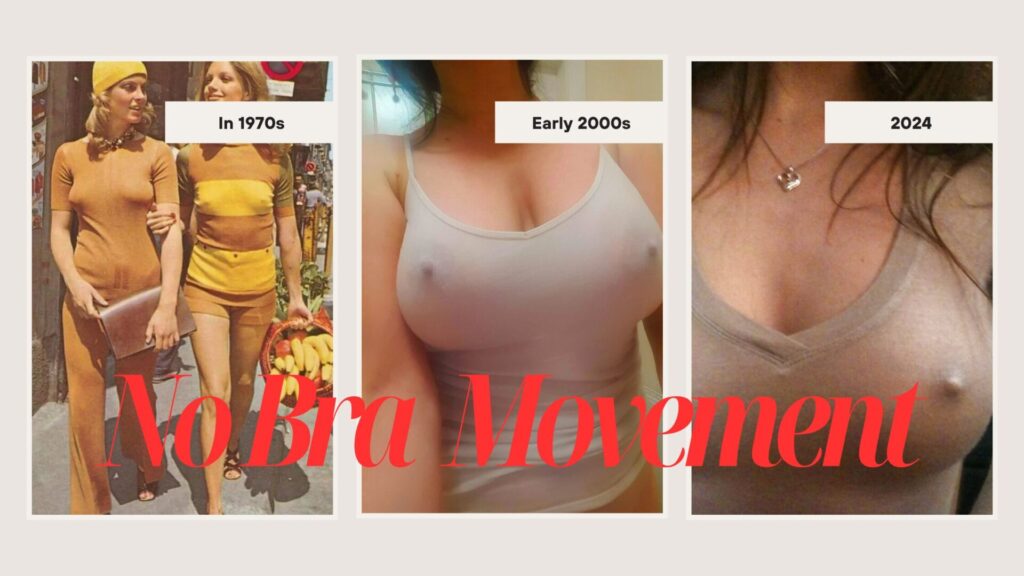
In this article, we’ll explore the history behind the no bra movement, how it came to be, and its transformation into a global social phenomenon. We’ll also take a look at its impact on fashion, feminism, and the way women view their own bodies. Ready to dive into the braless revolution? Let’s get started!
The Origins of the No Bra Movement
The 1960s Feminist Movement – A Catalyst for Change

The roots of the no bra movement can be traced back to the feminist revolution of the 1960s. During this time, women began to challenge traditional gender roles and fought for equal rights. One of the central aspects of the second-wave feminist movement was the rejection of societal pressures regarding beauty and appearance, which included the expectation to wear bras.
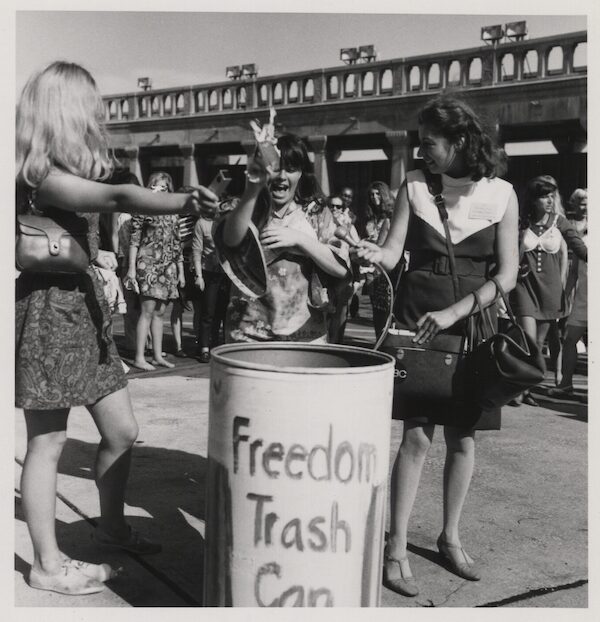
In 1968, feminist activists made headlines during the Miss America Pageant in Atlantic City. They staged a protest, which included throwing bras, girdles, and high heels into a “Freedom Trash Can” to symbolize their rejection of oppressive beauty standards. While the media coined the term “bra-burning” from this event, no bras were actually burned. However, this protest marked a significant moment for body autonomy and the early stirrings of the no bra movement.
Read Also Why Are Diamonds So Desired: The World’s Most Luxurious Gem
The 1970s – The Rise of Braless Fashion
In the 1970s, the influence of the feminist movement expanded into fashion. Women began to embrace the braless look as part of a larger trend toward natural, free-spirited lifestyles. The rise of casual fashion, with flowing blouses and looser fits, allowed women to go braless more comfortably. Celebrities like Jane Birkin and Brigitte Bardot helped popularize the braless trend, turning it into a statement of rebellion and personal freedom.
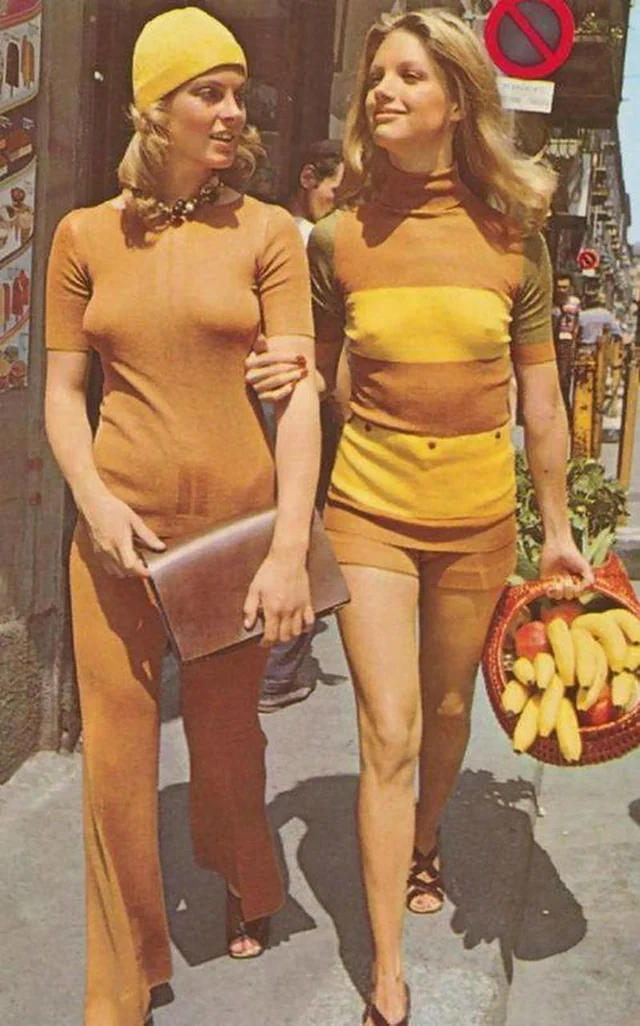
By this time, the no bra movement was no longer just about comfort—it was about making a statement against the sexualization of women’s bodies and societal norms dictating how women should dress.
Read Also Overcoming Jealousy and Insecurity in Your Relationship: Proven Strategies
Early Misconceptions About the No Bra Movement
Despite its growing popularity, the no bra movement faced significant backlash. Many saw going braless as indecent, and for years, women who chose not to wear bras were often judged harshly. Going braless was viewed as rebellious, with critics misunderstanding the underlying message of self-liberation and body positivity. Still, as more women joined the movement, the dialogue around bras and body autonomy began to evolve.
The Evolution of the No Bra Movement
The Influence of the Body Positivity Movement
In the early 2000s, the no bra movement saw a resurgence, thanks in part to the body positivity movement. As more women began embracing their bodies in all shapes and sizes, the desire to wear bras diminished. For many, bras represented an uncomfortable reminder of unrealistic beauty standards—such as perky, perfect breasts—and women were tired of conforming to those ideals.
The body positivity movement encouraged women to embrace their natural bodies, including the way their breasts looked without bras. Social media platforms like Instagram became hubs for body-positive influencers who proudly posted braless photos, normalizing the choice to go without a bra and sparking a new wave of the no bra movement.
The #FreeTheNipple Campaign
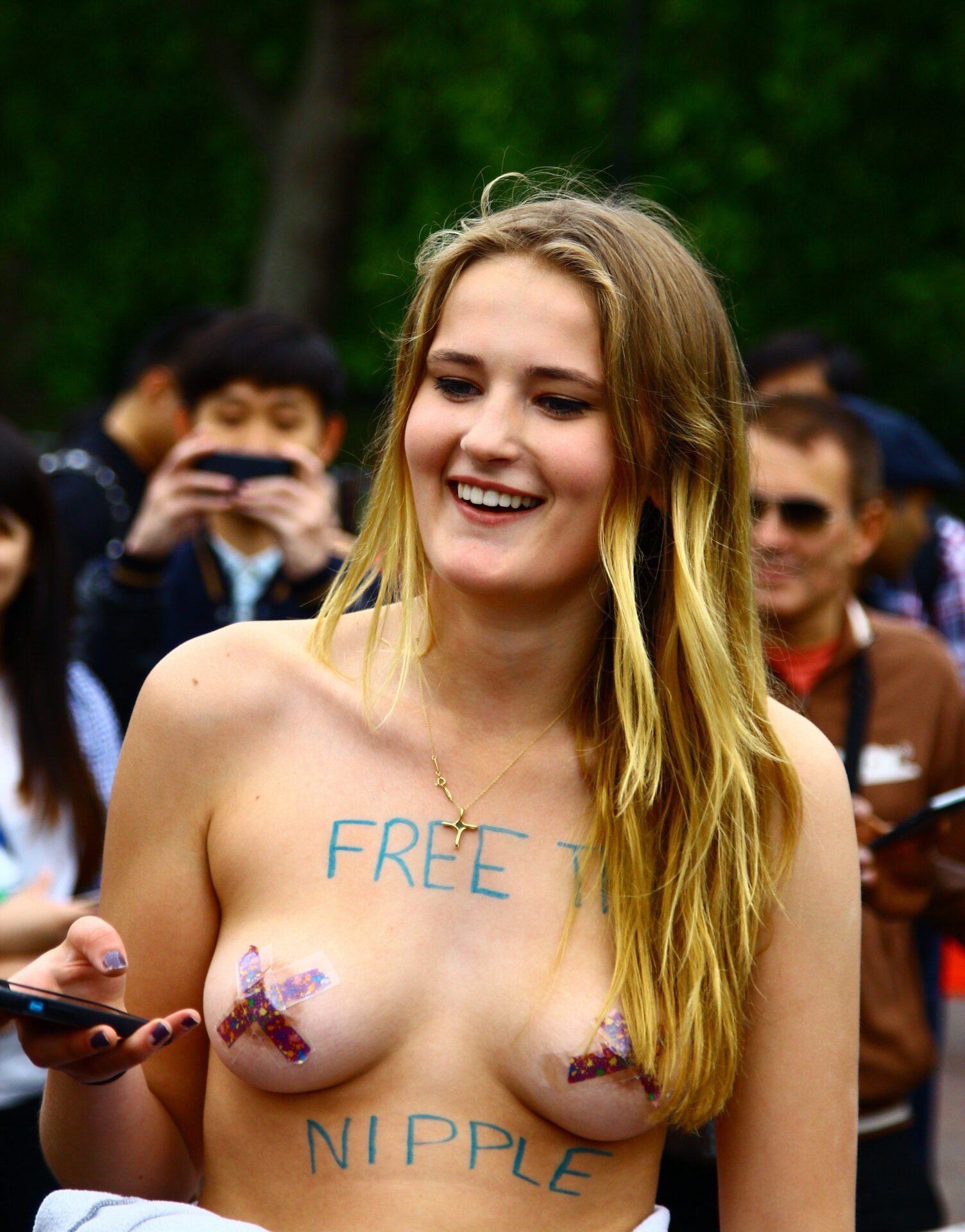
Another cultural shift that contributed to the no bra movement was the rise of the #FreeTheNipple campaign. Launched in 2012, the campaign aimed to challenge censorship laws regarding female nudity on social media. Women rallied against double standards that allowed men to bare their chests while women were required to cover up. The campaign sparked debates around body autonomy and furthered the conversation about women’s right to choose whether to wear a bra or not.
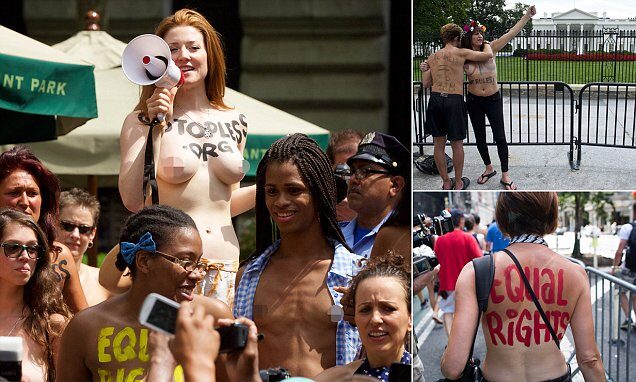
As a result, more women began questioning the necessity of bras, seeing them as a symbol of societal control over their bodies. The no bra movement continued to gain momentum, with more women feeling empowered to go braless, even in public spaces.
Read Also When Compromise Backfires In A Relationship: What To Do.
Celebrities and the Braless Trend
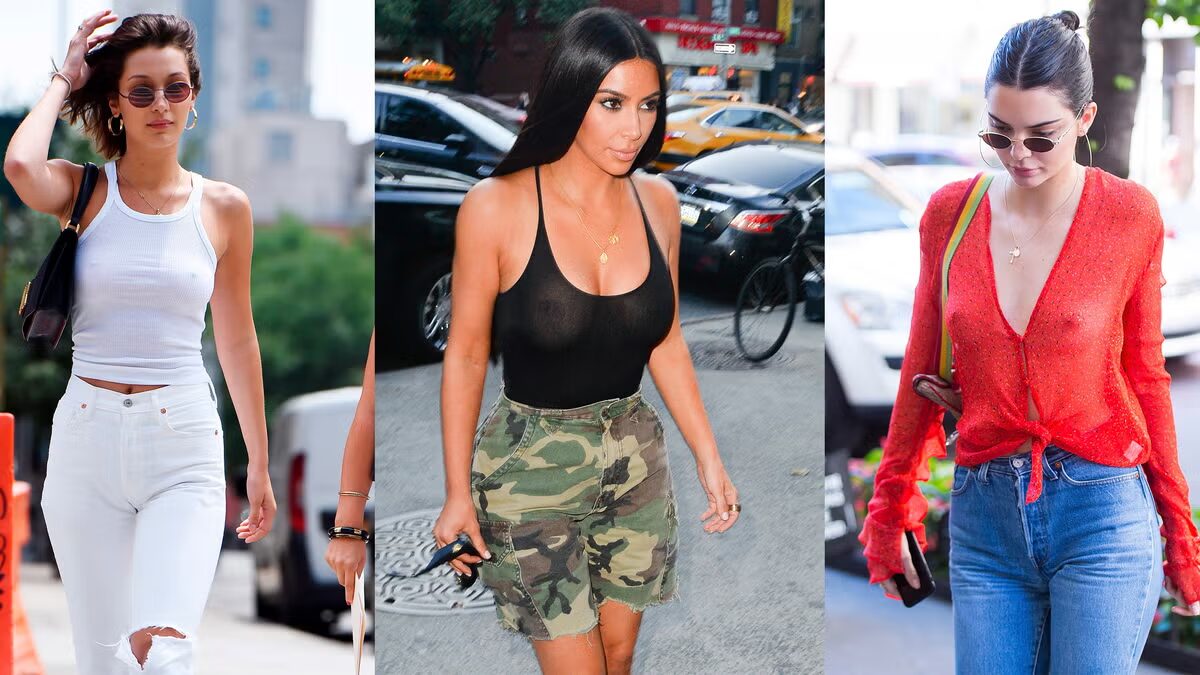
Celebrities have always had a powerful influence on fashion trends, and the no bra movement is no exception. Over the years, numerous high-profile women have embraced the braless trend, helping to normalize it. Rihanna, Kendall Jenner, and Miley Cyrus are just a few of the stars who have publicly ditched bras on the red carpet or in everyday life.
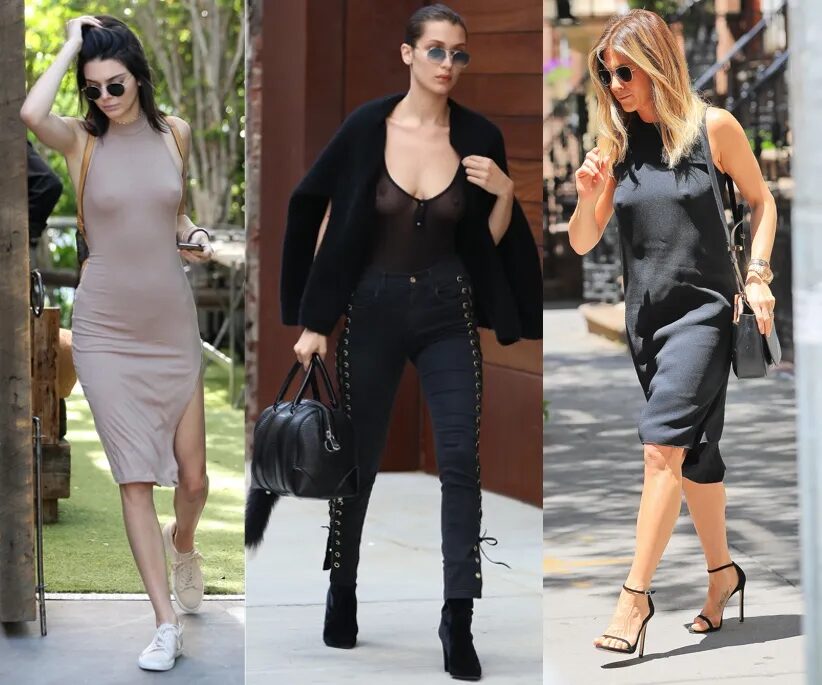
These celebrities not only brought visibility to the movement but also framed the choice to go braless as a matter of personal empowerment. For them, it wasn’t just about comfort—it was about taking control of their bodies and challenging societal expectations.
The Role of Social Media in the No Bra Movement
Social media has played a massive role in the evolution of the no bra movement. Platforms like Instagram, Twitter, and TikTok have allowed women to share their personal experiences, normalize body autonomy, and inspire others to embrace going braless. Hashtags like #NoBra and #FreeTheNipple have created online communities where women can connect, support each other, and celebrate their choices.
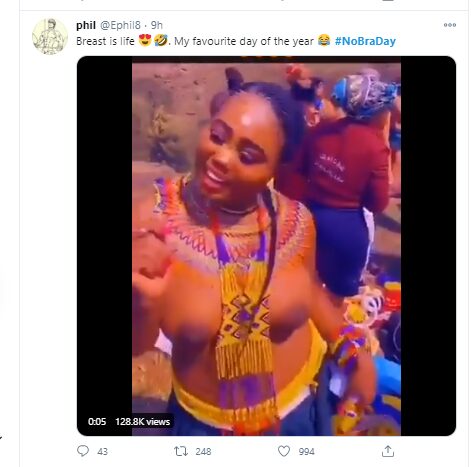
Social media influencers have also contributed to the movement by sharing tips, advice, and fashion inspiration for women who want to go braless confidently. These online spaces have helped shift the conversation around bras and body autonomy, creating a more inclusive and supportive environment.
Health Considerations of the No Bra Movement
Are Bras Really Necessary for Breast Support?
One of the most common arguments against the no bra movement is the idea that bras provide necessary support for breast health. However, scientific studies suggest that this might not be the case. In 2013, French researcher Jean-Denis Rouillon conducted a study that found bras could actually weaken breast tissue over time, leading to sagging. According to the study, going braless may promote natural muscle development and support.

While more research is needed, the findings challenged the widespread belief that bras are essential for preventing sagging and other breast health issues.
Wearing a bra that fits properly generally has no negative health effects. However, wearing an ill-fitting bra can cause a number of health issues, including:
- Restricted blood circulation: A bra that’s too tight can restrict blood flow to the skin and underlying tissues, which can lead to skin irritation, rashes, and other issues.
- Pain: An ill-fitting bra can cause pain in the neck, chest, shoulders, back, and ribs.
- Poor posture: An ill-fitting bra can cause poor posture.
- Shoulder grooves: Over time, the shoulder straps of an ill-fitting bra can cause permanent grooves in the shoulder tissue.
- Breast tissue damage: Prolonged wear of a tight bra can damage breast tissue.
- Mental health issues: An uncomfortable bra can impact body confidence and self-esteem, and sometimes cause mental health issues.
It’s important to choose a bra based on what you’re doing. For example, a sports bra is designed to provide compression and support for more active activities. Bras also stretch over time and lose their support, so it’s a good idea to replace them regularly.
The Comfort Factor – Why Many Women Choose to Go Braless
For many women, the decision to go braless boils down to comfort. Bras—especially underwire bras—can be uncomfortable and restrictive. Many women have shared stories of experiencing back pain, discomfort, and even skin irritation from wearing bras for extended periods. Going braless offers a sense of freedom and relief from these physical discomforts.
Does Going Braless Improve Circulation?
Another health-related argument in favor of the no bra movement is the potential for improved circulation. Tight bras, particularly those with underwires, can constrict blood flow, leading to discomfort. By going braless, women may experience better circulation and reduced pressure on their ribcages and chest areas.
Read Also 10 Tips for Hair Growth Success: Bye Split Ends, Hello Long Hair!
The Social and Cultural Impact of the No Bra Movement
Challenging Beauty Standards
At its core, the no bra movement is about more than just rejecting bras—it’s about challenging societal beauty standards that dictate how women should present themselves. For years, women have been told that wearing a bra is a requirement for modesty, professionalism, and attractiveness. The no bra movement seeks to dismantle these expectations and empower women to define beauty on their own terms.
The Feminist Implications of Going Braless

The no bra movement also carries feminist implications. By choosing not to wear a bra, women are reclaiming autonomy over their bodies and rejecting the notion that their appearance exists to please others. The movement is a powerful statement against the sexualization of women’s bodies and a call for women to embrace their natural forms, free from societal pressures.
Affordable Jewelry For Women – Cheap Jewelry and Accessories
The Role of Fashion in the No Bra Movement

Fashion has been both a catalyst for and a reflection of the no bra movement. In recent years, braless fashion has become increasingly popular, with designers creating outfits that allow for—and even celebrate—going braless. Loose, flowy garments, sheer fabrics, and plunging necklines have all become key trends in braless fashion.
The rise of comfortable, unstructured clothing aligns perfectly with the no bra movement, allowing women to express their personal style without the constraints of traditional undergarments.
Read Also Receding Hairline: Causes, Solutions, and Tips for Prevention
The Future of the No Bra Movement
The Normalization of Going Braless
As more women continue to embrace going braless, the practice is slowly becoming normalized. What was once seen as rebellious or inappropriate is now widely accepted in many social and professional settings. However, the journey toward complete acceptance is still ongoing, as some women face stigma or judgment for their choice to go braless.
The Movement’s Impact on Lingerie Brands
The no bra movement has also impacted the lingerie industry. Traditional bra brands are being forced to rethink their designs, focusing more on comfort and body positivity. Soft, wireless bras, bralettes, and seamless designs are becoming increasingly popular as women prioritize comfort over the traditional push-up bra look. Some lingerie brands have even embraced the no bra movement, offering collections designed for women who choose to go braless but still want some level of coverage or support.
Conclusion
The no bra movement has come a long way since its inception in the 1960s feminist revolution. What started as a protest against oppressive beauty standards has evolved into a global movement that champions body autonomy, comfort, and the right to reject societal norms. From braless fashion trends to the rise of body positivity, the movement has left an indelible mark on modern culture.
For women who choose to go braless, it’s about more than just comfort—it’s about making a statement, reclaiming control over their bodies, and embracing their natural beauty. The future of the no bra movement looks promising as more women continue to challenge traditional norms and redefine what it means to feel comfortable and confident in their own skin.
Call To Action
What do you think about the No Bra Day and the No Bra Movement? Should it be encouraged or is it some bullshit feminist woke movement? Let us know in the comment below.
FAQs
Is going braless bad for your health?
Going braless is not inherently bad for your health. In fact, some studies suggest it may even improve circulation and support muscle development. However, every woman’s body is different, so comfort and personal preference should guide the decision.
Do bras prevent sagging?
The belief that bras prevent sagging is a common myth. Some research indicates that wearing bras long-term may actually weaken the muscles that support the breasts, potentially leading to sagging over time.
Can you go braless in a professional setting?
While some professional settings may still expect women to wear bras, societal norms are slowly changing, and going braless is becoming more accepted. It’s essential to assess the dress code of your workplace before making a decision.
What alternatives are there for women who don’t want to wear bras?
Bralettes, tank tops with built-in support, and nipple covers are popular alternatives for women who want some coverage without the discomfort of traditional bras.
Why do women choose to go braless?
Women go braless for various reasons, including comfort, body autonomy, rebellion against societal standards, or simply personal preference.

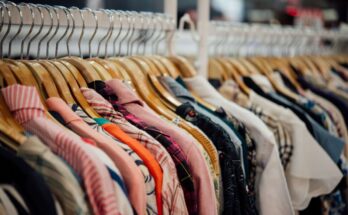
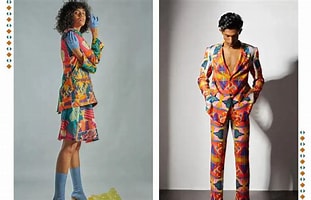
Wearing bra is not a easy thing
it is stupid to half naked
it is rubbish for now wearing bra
that’s nonsense 👋😹😂😂💔